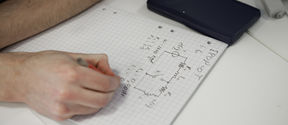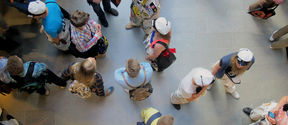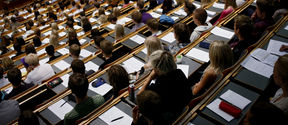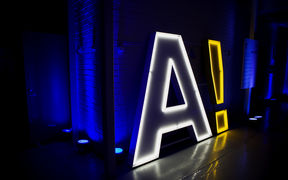Dyslexia
Dyslexia is the most common learning difficulty, and 6% of Finnish higher education students have been diagnosed with it (FSHS, KOTT, 2021).Dyslexia is defined as an impairment involving both reading and writing. A key characteristic in dyslexia is difficulty identifying and processing connections in phonologic (i.e. sound-related) information.















